There are any number of reasons why the Buffalo Sabres haven’t made the postseason since the 2010-11 season: poor drafting, questionable signings, misjudged trades, constant front office upheaval — the list is long.
But one of the big-picture reasons why success has eluded the Sabres for so long is the fact that they haven’t been competitive in their own division.
Since the NHL realigned its divisions in 2013-14, here is where Buffalo has placed in the Atlantic Division: eighth in 2013-14, eighth in 2014-15, seventh in 2015-16, eighth in 2016-17, eighth in 2017-18, sixth in 2018-19, sixth in 2019-20.
In a league where simply finishing third in your division guarantees you a playoff spot, the Sabres haven’t even sniffed that territory in recent years.
But could that change next season? With the majority of offseason player movement completed, let’s take a look at where Buffalo’s outlook, both for the upcoming season and the next few years down the road, stacks up with the rest of the teams in the Atlantic.
Tampa Bay Lightning
Any discussion about the Atlantic has to start with the reigning Cup champs. After years of failed promise, the Bolts finally delivered in the 2020 bubble.
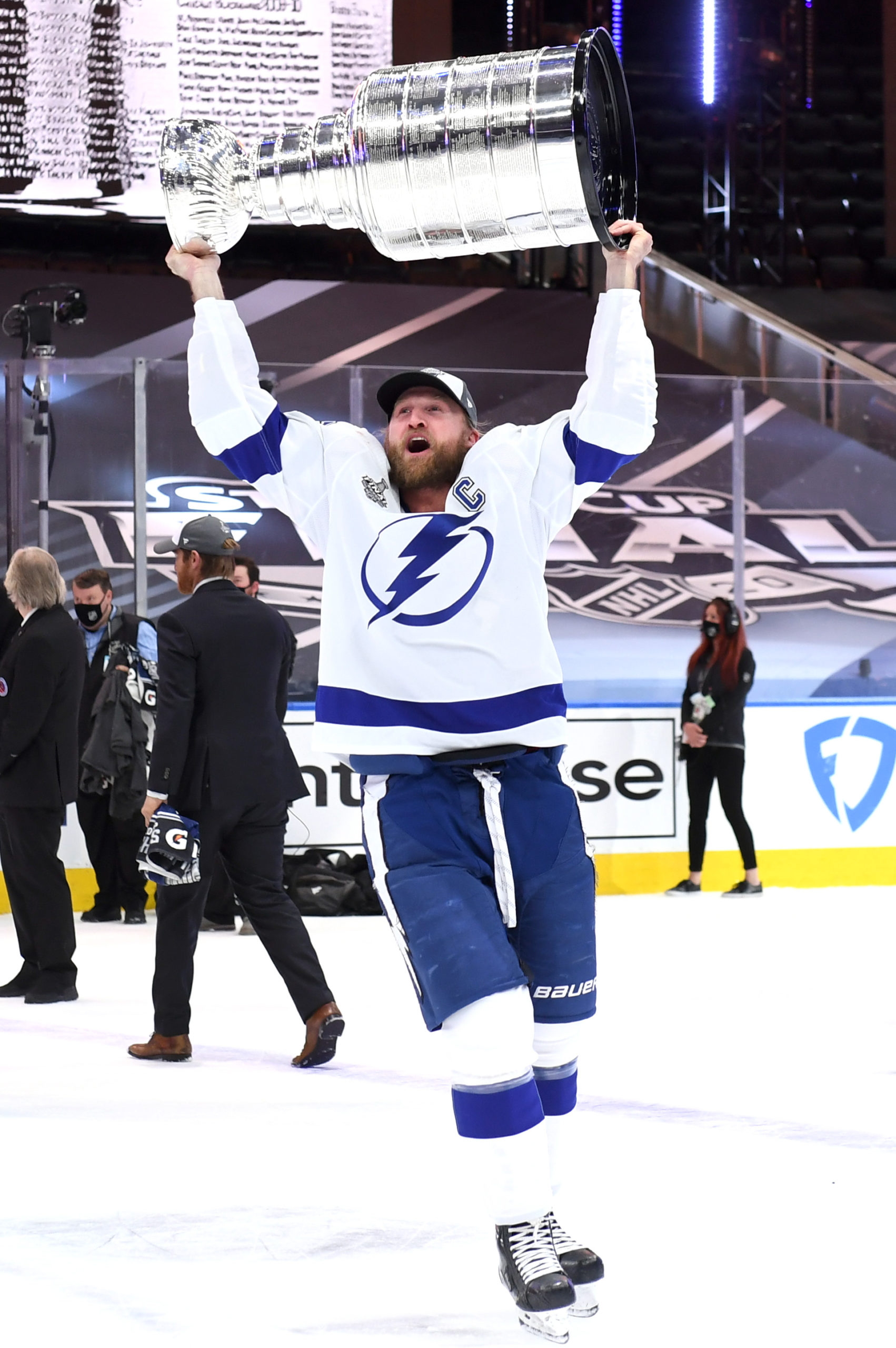
The Lightning are odds-on favorites to repeat in 2020-21, but there will be considerable pressure to do so: this is a franchise that is squarely in win-now mode.
They still have the best core of elite talent in the game in Nikita Kucherov, Brayden Point, Steven Stamkos, Victor Hedman, and Andrei Vasilevskiy. But cap space is going to be a major concern moving forward as the team desperately needs to make room for their restricted free agents.
With young studs like Point, Anthony Cirelli, and Mikhail Sergachev in line for big paydays down the road, there’s only going to be so much money to spread around.
Boston Bruins
It was actually Boston, not Tampa, that finished first in the Atlantic in 2019-20, as the Bruins played at a 117-point pace en route to a 44-14-12 record.
But a tough loss to the Lightning in the second round and an underwhelming offseason has cast Boston’s long-term prospects into doubt, even if they still remain one of the favorites for next season.

Injuries to superstars David Pastrnak and Brad Marchand are problematic, as is the team’s thin defense corps due to the loss of Torey Krug and potentially Zdeno Chara.
Boston also has one of the weaker farm systems in the NHL. The Bruins’ infrastructure is as good as anyone’s, but the cracks in the foundation are starting to show.
Toronto Maple Leafs
The narrative surrounding the Leafs is well-established: all the talent in the world, mile-high expectations, and an inability to even get out of the first round of the playoffs.
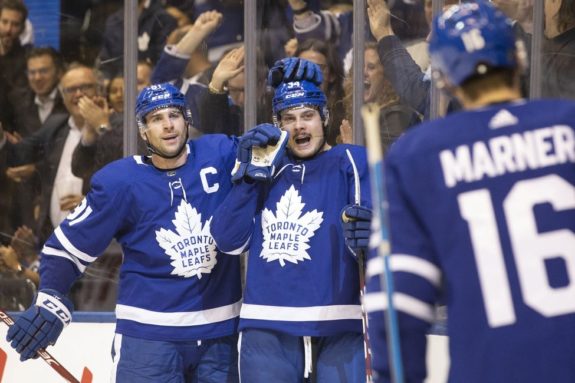
Despite a number of offseason moves, that story doesn’t figure to change until proven otherwise. Toronto actually shares some similarities with the Sabres: a potentially elite top-six forward group highlighted by a foundational young center (Auston Matthews in Toronto’s case), but a team with serious questions on the back end and in goal.
The big difference of course is the exponentially higher level of scrutiny north of the border, not to mention the incredible amount of resources poured into the big three of Matthews, John Tavares, and Mitchell Marner.
Florida Panthers
If the Sabres are the NHL’s most woebegone franchise, then the Panthers are its most irrelevant. With only three playoff appearances in the last 20 seasons, Florida has failed to generate any staying power.
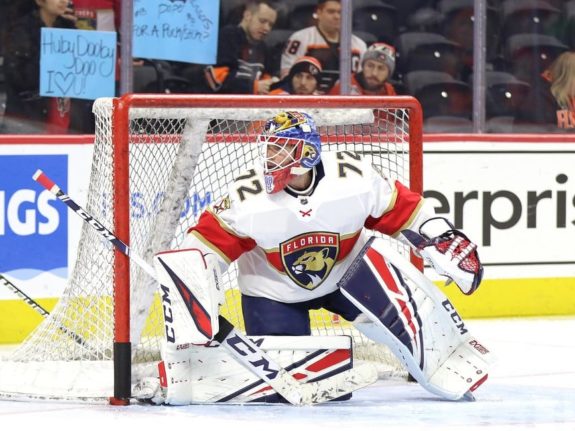
After making a pair of big splashes last offseason with the additions of Joel Quenneville and Sergei Bobrovsky, the Panthers made a bunch of smaller moves in 2020 to shake up the roster.
The Panthers’ floor is relatively high, but they also have a very defined ceiling. There just always seems to be something (or several somethings) holding this franchise back.
Montreal Canadiens
The Habs are a tough team to pin down. They were the last team in the playoff bubble but pulled off a stunning upset of the Pittsburgh Penguins in the qualifying round. They appear to be improved after adding Josh Anderson, Jake Allen, Tyler Toffoli, and Joel Edmundson this offseason.
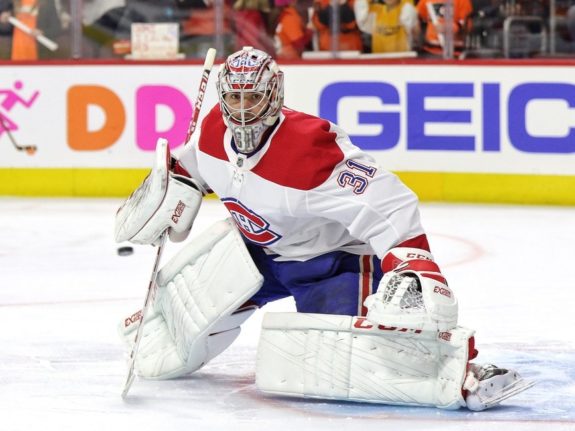
The big question, of course, is how much Carey Price has left in the tank. The former Hart Trophy winner has played the most minutes in the NHL the last two seasons and is on the wrong side of 30.
Like Florida, Montreal appears to have a fairly high floor, but the lack of any elite talent, especially up front, puts a cap on how good they can be.
Ottawa Senators
Ottawa’s 2017 run to the Eastern Conference Final feels like it happened 10 years ago. The Senators had the benefit of two top-five draft picks this year, and Tim Stutzle and Jake Sanderson will join Brady Tkachuk and Thomas Chabot to form what looks like a promising young core.
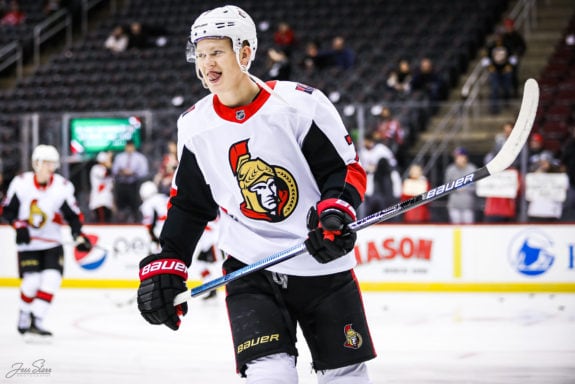
But the Sens took on more salary than any other team this offseason and on the surface don’t appear to be a whole lot better than the squad that played at a 72-point pace last season.
And of course, any moves Ottawa makes have to be taken with a Euguene Melnyk-sized grain of salt.
Detroit Red Wings
About the only sure thing in the NHL next season is that the Detroit Red Wings will improve — not that that’s saying much.
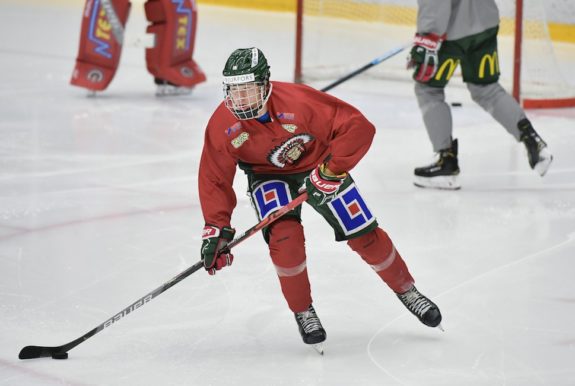
After a historically bad 2019-20 season, with the added insult of falling out of the top-three in the draft entirely, things can only get better in Detroit. General manager Steve Yzerman has already started his overhaul of the roster with an extremely busy offseason, and there are some intriguing young pieces like Lucas Raymond, Moritz Seider, and Filip Zadina.
But it’s going to be a year or two before the Red Wings even sniff the playoffs.
Where Buffalo Fits In
So, taking all of this into account, where do the Sabres stand in the Atlantic Division? Buffalo is objectively better up front with the additions of Taylor Hall, Eric Staal, Cody Eakin, and Tobias Rieder. They also took care of business in signing Sam Reinhart, Victor Olofsson, and Linus Ullmark. And they already have two foundational pieces in Jack Eichel and Rasmus Dahlin.
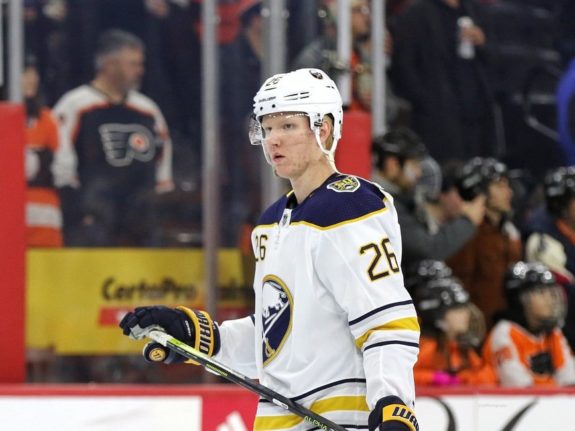
But questions still remain on the blueline and in net. Will those defensive shortcomings once again torpedo the team’s chances of success?
Buffalo is clearly ahead of Ottawa and Detroit, and has much more upside than either Florida or Montreal. But breaking into the Atlantic’s very tough top three next season still appears to be asking a lot.